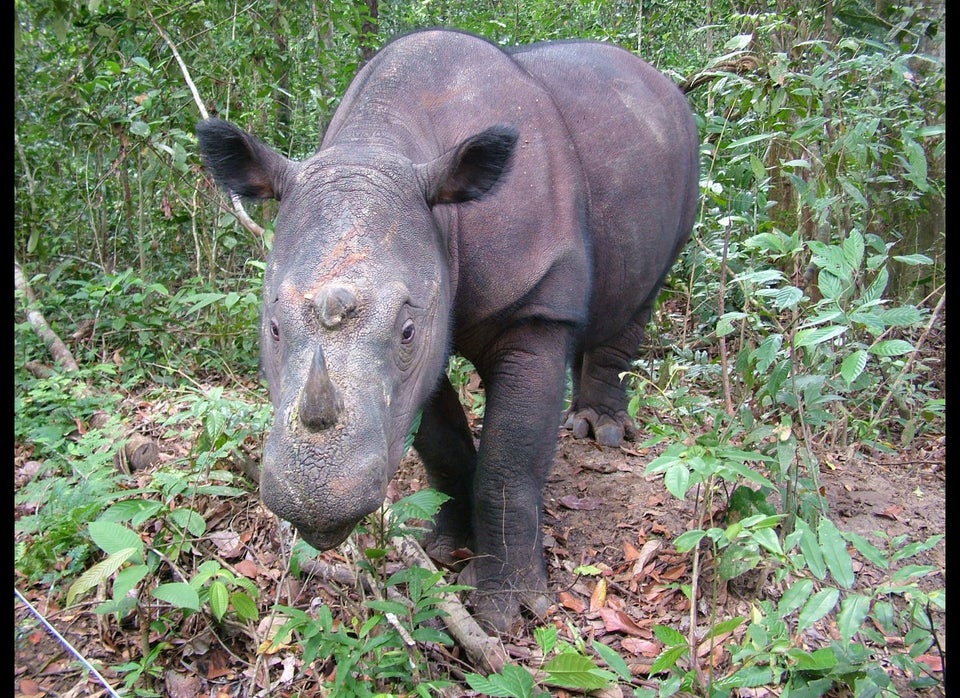Major extinction events are nothing new for the planet, but species are now dying out at an alarming rate thanks to humans.
We are presently losing dozens of species every day, according to the Center for Biological Diversity. Nearly 20,000 species of plants and animals are at a high risk of extinction and if trends continue, Earth could see another mass extinction event within a few centuries.
"Unlike past mass extinctions, caused by events like asteroid strikes, volcanic eruptions and natural climate shifts, the current crisis is almost entirely caused by us -- humans," explains the Center for Biological Diversity. "In fact, 99 percent of currently threatened species are at risk from human activities, primarily those driving habitat loss, introduction of exotic species and global warming."
While there is no single international body that declares a species or subspecies extinct, the International Union for Conservation of Nature's Red List is a widely-recognized authority for keeping track of threatened and endangered species.
"The main focus of the Red List is to stop species from going extinct," a Red List manager told the Washington Post in 2011. "But, by default, we became the standard international list for extinctions."
Below, find 11 animals that have all gone extinct in the past two centuries thanks to humans.
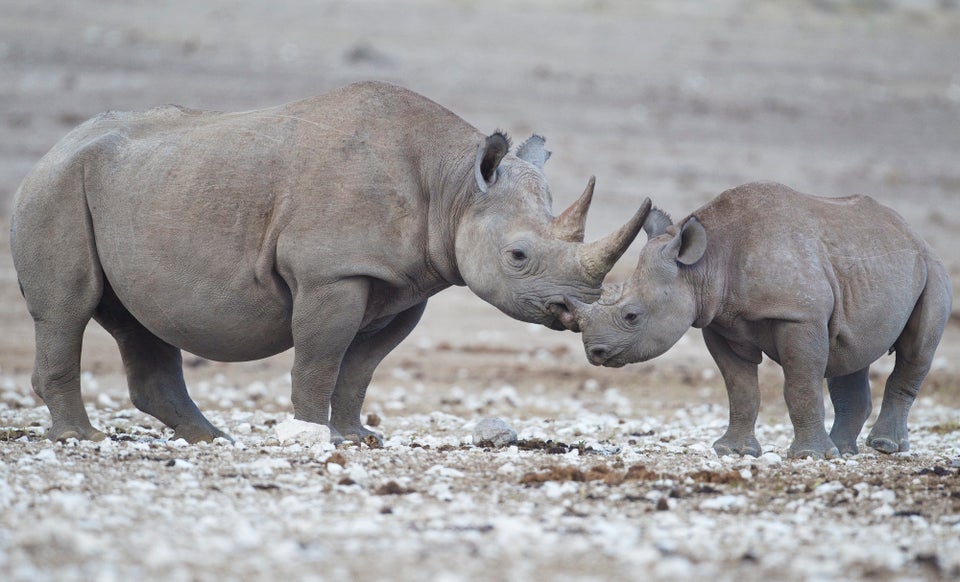
The subspecies last existed in Cameroon, but an extensive survey in 2006 did not find any signs of living West African black rhinos. According to the IUCN, "it is highly probable that this subspecies is now extinct" thanks to increased poaching and demand for rhino horn.
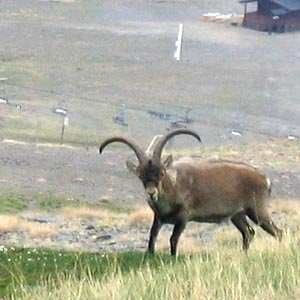
Once found throughout the French, Spanish and Andorran Pyrenees, the population was severely thinned by hunting.
In 2009, scientists were able to clone a female Pyrenean ibex using DNA from preserved skin samples. Due to lung defects, the ibex died shortly after birth, according to The Telegraph.
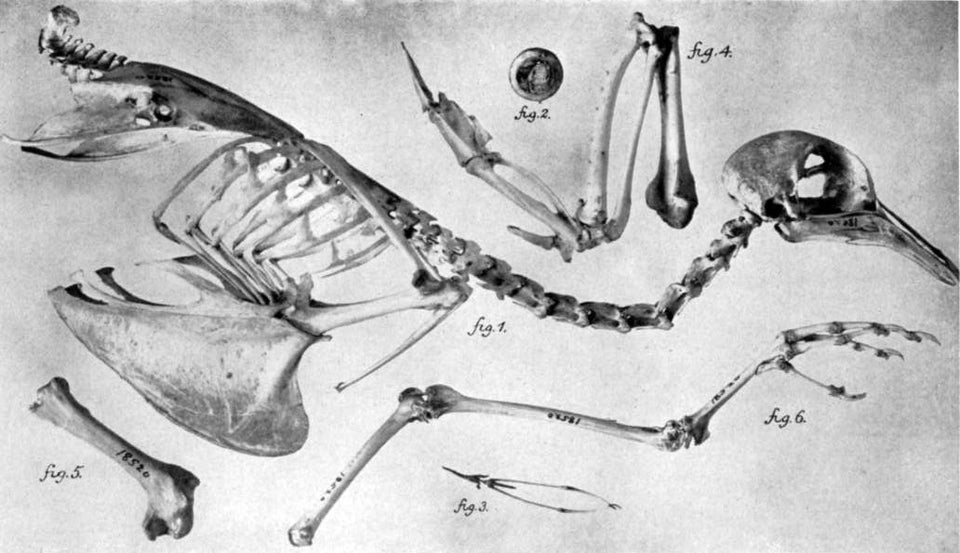
The birds' traditional habitats were the large forests of eastern North America. As settlers cleared the forests for farmland, the pigeons turned to the new fields for subsistence.
"The large flocks of passenger pigeons often caused serious damage to the crops, and the farmers retaliated by shooting the birds and using them as a source of meat," explains the Smithsonian.
The 19th century brought widespread hunting and trapping of the birds, which severely diminished their populations. The last passenger pigeon, named "Martha," died at age 29 at the Cincinnati Zoo in 1914.
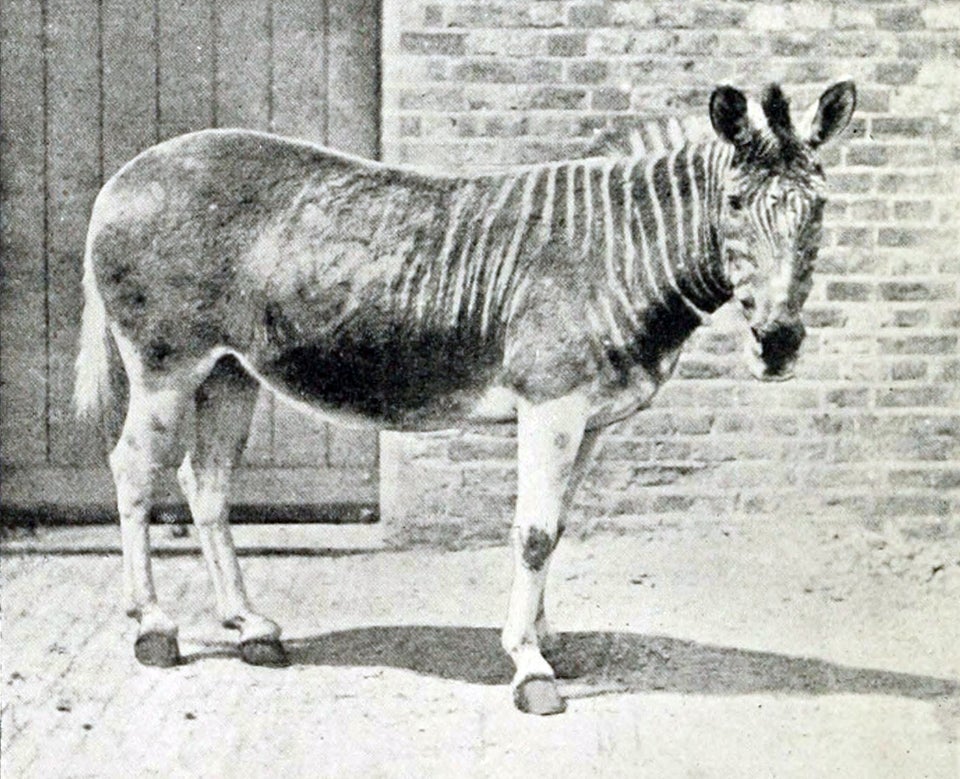
The last known Quagga died at the Amsterdam Zoo in 1883.
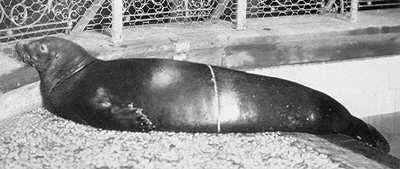
"Humans left the Caribbean monk seal population unsustainable after overhunting them in the wild," a NOAA biologist said in 2008, according to Science Daily. "Unfortunately, this lead to their demise and labels the species as the only seal to go extinct from human causes."

(Image: New York State Museum)
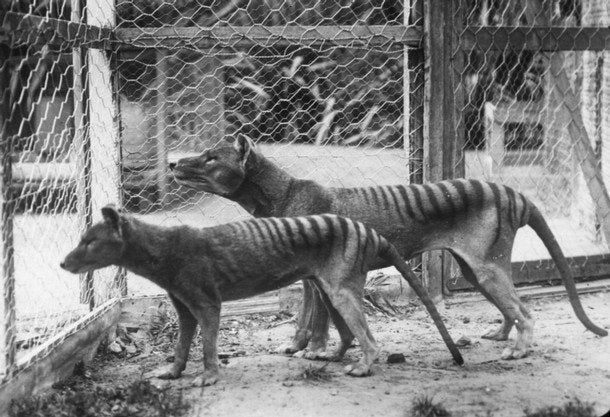
They once existed across the Australian continent, but their habitat had been reduced to the island of Tasmania by the time European settlers arrived.
According the National Museum of Australia:
Thylacines were believed to kill livestock and were often shot and trapped. They were a convenient scapegoat for poor financial returns and high stock losses at a time of rural depression in Tasmania.
Thylacines were declared a protected species in 1936, the same year the last known specimen died. Unconfirmed sightings of Tasmanian tigers continue to this day.
Using preserved specimens, a team at Pennsylvania State University has successfully sequenced the animal's mitochondrial DNA.

Human development around the Tecopa Hot Springs in the mid-20th century and the channelling of two springs together left the habitat unsuitable for the small fish.
The Tecopa pupfish became extinct by 1970 or soon after.

Although the tiger was last seen in 1976, the head of East Java's Meru Betiri National Park announced in 2011 that he was "optimistic" that Javan tigers were still alive, according to the Jakarta Globe. Camera traps were set up in hopes of confirming any tiger sightings.

They were slaughtered in huge numbers until the late 18th century, according to the British Natural History Museum. Although hunting declined, the rare birds became a prized specimen for collectors and they were driven to extinction by the mid-1850s.
In this photo, Dan Gordon, Keeper of Biology at Tyne and Wear Archives and Museums, holds a stuffed juvenile Great Auk at the Discovery Museum in Newcastle.

The animals were hunted to extinction and the last known Bubal hartebeest was killed in Algeria sometime between 1945 and 1954, according to the International Union for Conservation of Nature.

